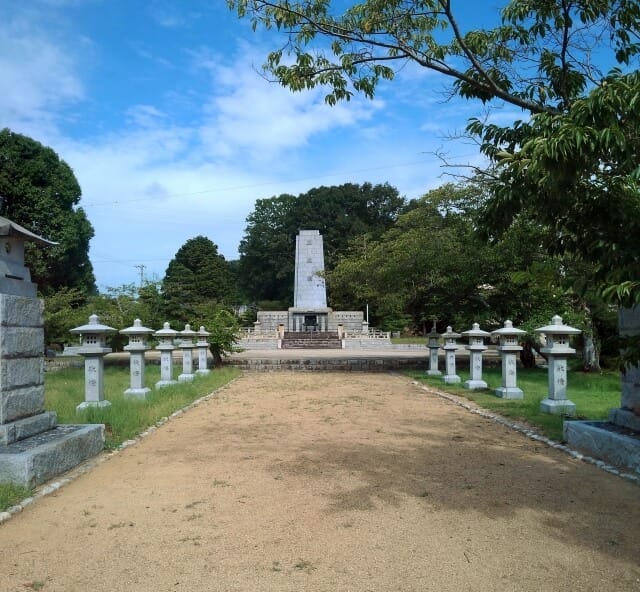The Chureito Pagoda : A Fusion of Japanese Tradition and History

The Chureito Pagoda, located in the Arakurayama Sengen Park in Japan, is a monument steeped in historical significance and cultural importance.
This five-storied pagoda, standing 19.5 meters tall, was constructed as a symbol of the city, drawing inspiration from the five-storied pagoda at Shitenno-ji Temple in Osaka.
Its construction began in 1959 and took three years to complete, culminating in its establishment in 1962.
Construction Challenges
Building the pagoda in the 1950s, a time when reinforced concrete structures were rare in Fujiyoshida City, was a significant challenge. The construction required clearing forests and laying roads on the mountainside, a task made more difficult by the limited availability of building materials, technology, and funds in the post-war years.
The pagoda’s establishment was driven by the collective efforts and passion of those who experienced the war and lost family and friends, making it a symbol of remembrance and respect.
From Construction to the Present : The Historical Journey of the Chureito Pagoda
Historically, the establishment of such memorial towers, known as “Chureito,” was influenced by the rise of the Imperial Reservist Association after the emergence of the Meiji government.
These towers were built to honor the spirits of those who had died in service to the country. The trend of constructing Chureito Pagodas intensified in the late 1930s, amidst the increasing militarization of the era.
Despite initial reservations by the Interior Ministry in 1938, the policy for their construction was eventually established in 1939.”
“This policy included specific guidelines to avoid confusion with Shinto shrines and to ensure each town or city built only one such monument.”
Enshrining War Dead
The Chureito Pagoda enshrines 1,055 individuals who perished in various conflicts including the Pacific War, the First Sino-Japanese War, the Russo-Japanese War, and World War I. These individuals were chosen to be honored and remembered.
at this site Summary of the Chureito Pagoda
Cultural Significance : A Symbol of Peace and Remembrance

Arakurayama Sengen Park, the site of the Chureito Pagoda, is renowned for its picturesque views combining cherry blossoms, Mount Fuji, and the pagoda itself.
This unique combination makes it especially popular with tourists during the cherry blossom season. The Chureito Pagoda was specifically built to enshrine 1,055 war dead from Fujiyoshida City.
Initially planned to be constructed on another site, geological surveys led to its relocation to its current location. Construction began in April 1959 and was completed in April 1962.
Religious Significance
The Chureito Pagoda serves as a memorial to honor the spirits of those who died in wars and were unable to return to their hometowns. It is one of many such monuments established across Japan, designed to commemorate and pay respects to the fallen soldiers
Harmony with Nature: The Pagoda Amidst Mount Fuji and Cherry Blossoms


Adding to its cultural significance, the pagoda has become a symbol of peace and remembrance, particularly for those lost in the Pacific War.
The surrounding area is further beautified by the planting of over 500 Somei-Yoshino cherry trees, enhancing its status as a scenic spot and making it popular with international tourists, including those from Thailand.
The park also features a paved slope road and a shuttle taxi service during the cherry blossom festival for those who find the 398-step climb to the pagoda challenging.
A Must-Visit Destination: Attracting Tourists from Home and Abroad
This rich history and the stunning visual appeal of the Chureito Pagoda at Arakurayama Sengen Park make it a significant cultural and historical site, symbolizing both the beauty and the solemnity of remembrance.


